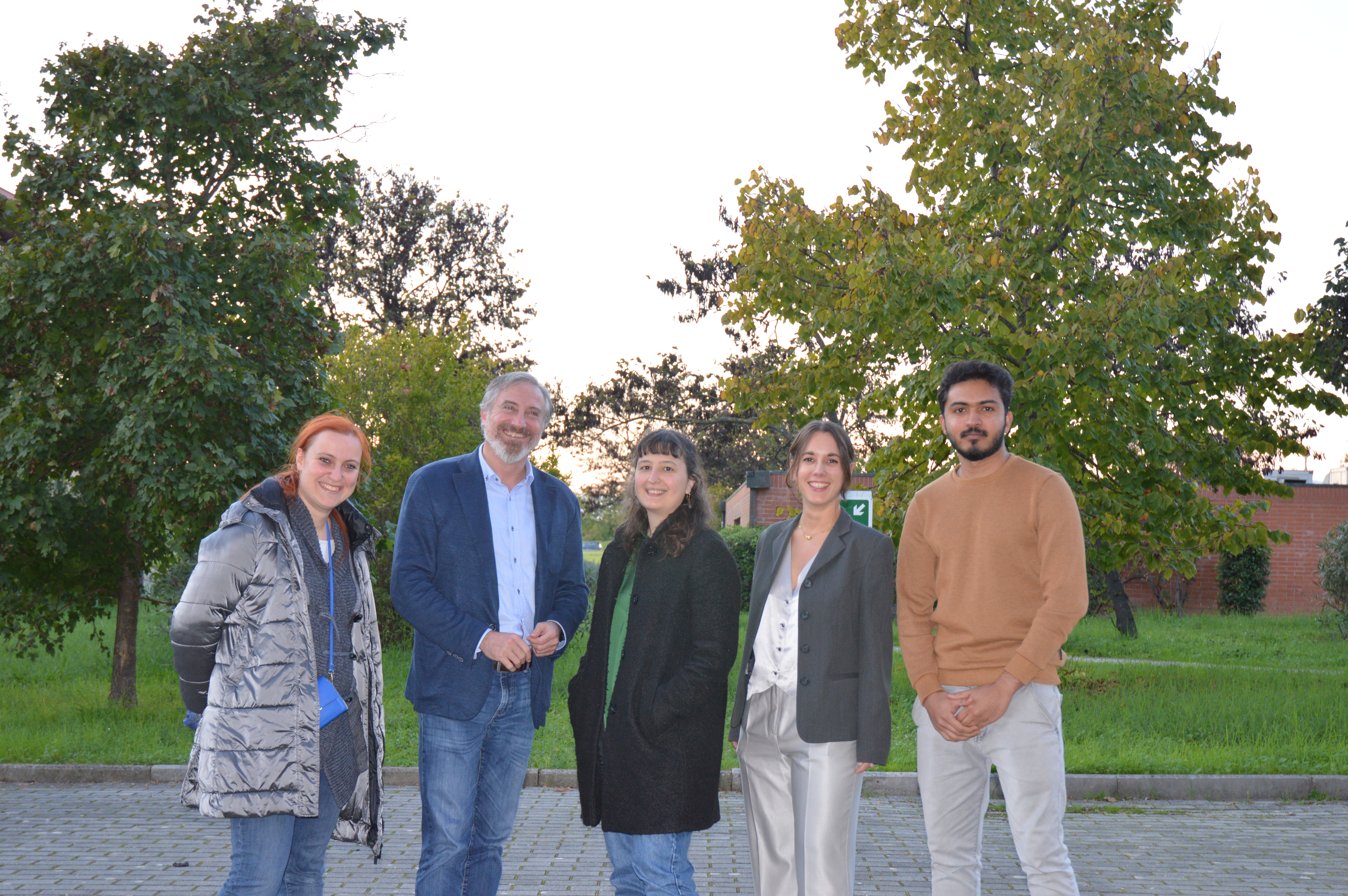 |
We are immensely proud of Ludovica Donati, who successfully defended her PhD thesis, “Generating quantum coherence with incoherent radiation”. Her research deals with the production of Fano coherence in atomic systems induced by interactions with incoherent radiation, paving the way for the first detection of such phenomena on this platform. This achievement marks an important milestone in her academic career and we look forward to her future contributions to the scientific community. Congratulations, Dr. Donati! . See also the thesis here |
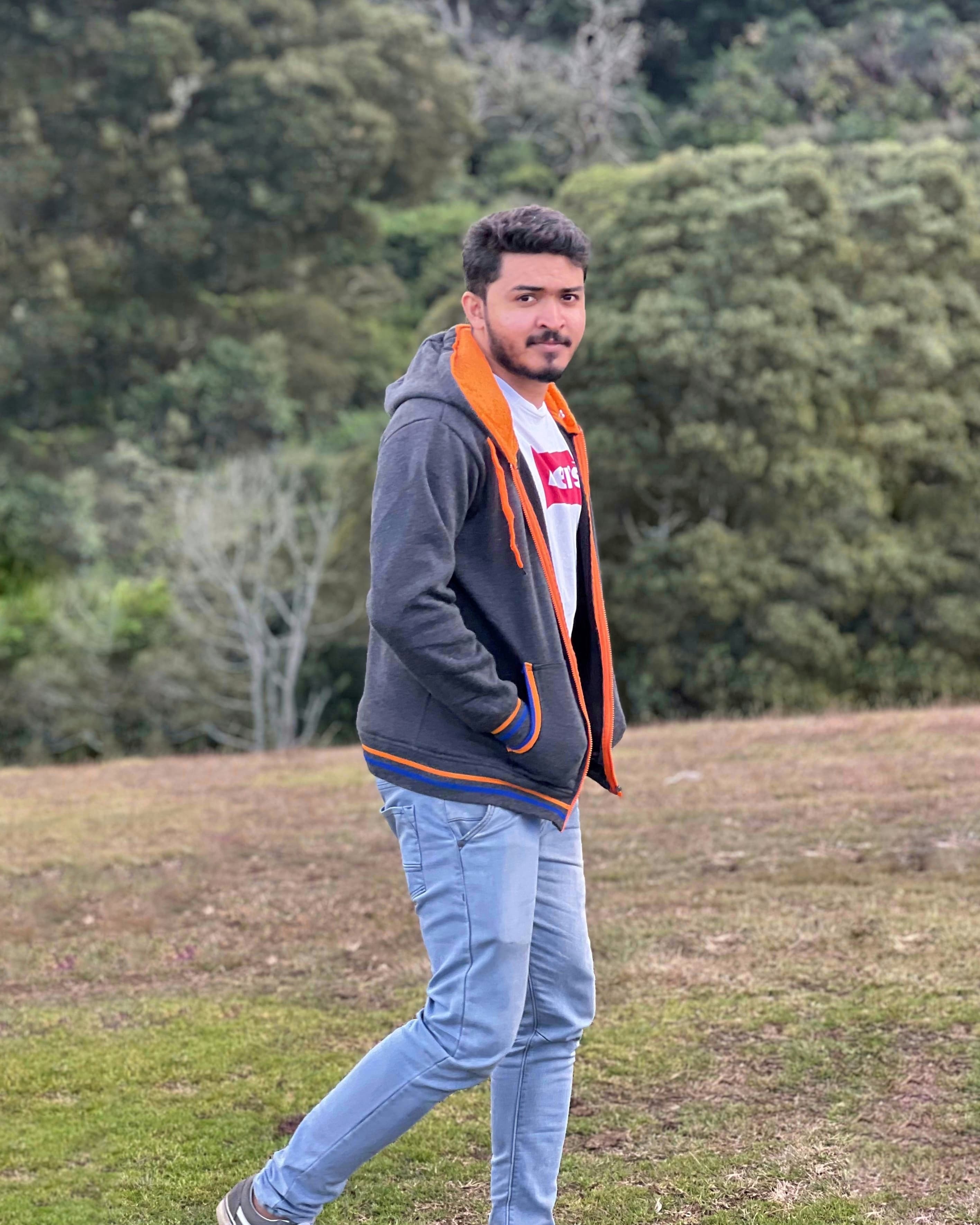 |
We are excited to announce that Joel George has joined our group to pursue his PhD on quantum dynamics control using an integrable CMOS-compatible atom chip testbed. Joel’s project will focus on developing a load-lock system for the rapid replacement of atom chips without breaking the vacuum in the science cell. This innovative testbed will advance applications in atom interferometry, magnetometry, and quantum interfaces. His PhD is fully supported by the Marie Skłodowska Curie Action Matter Wave Interferometer (MAWI). Welcome aboard, and best of luck, Joel! |
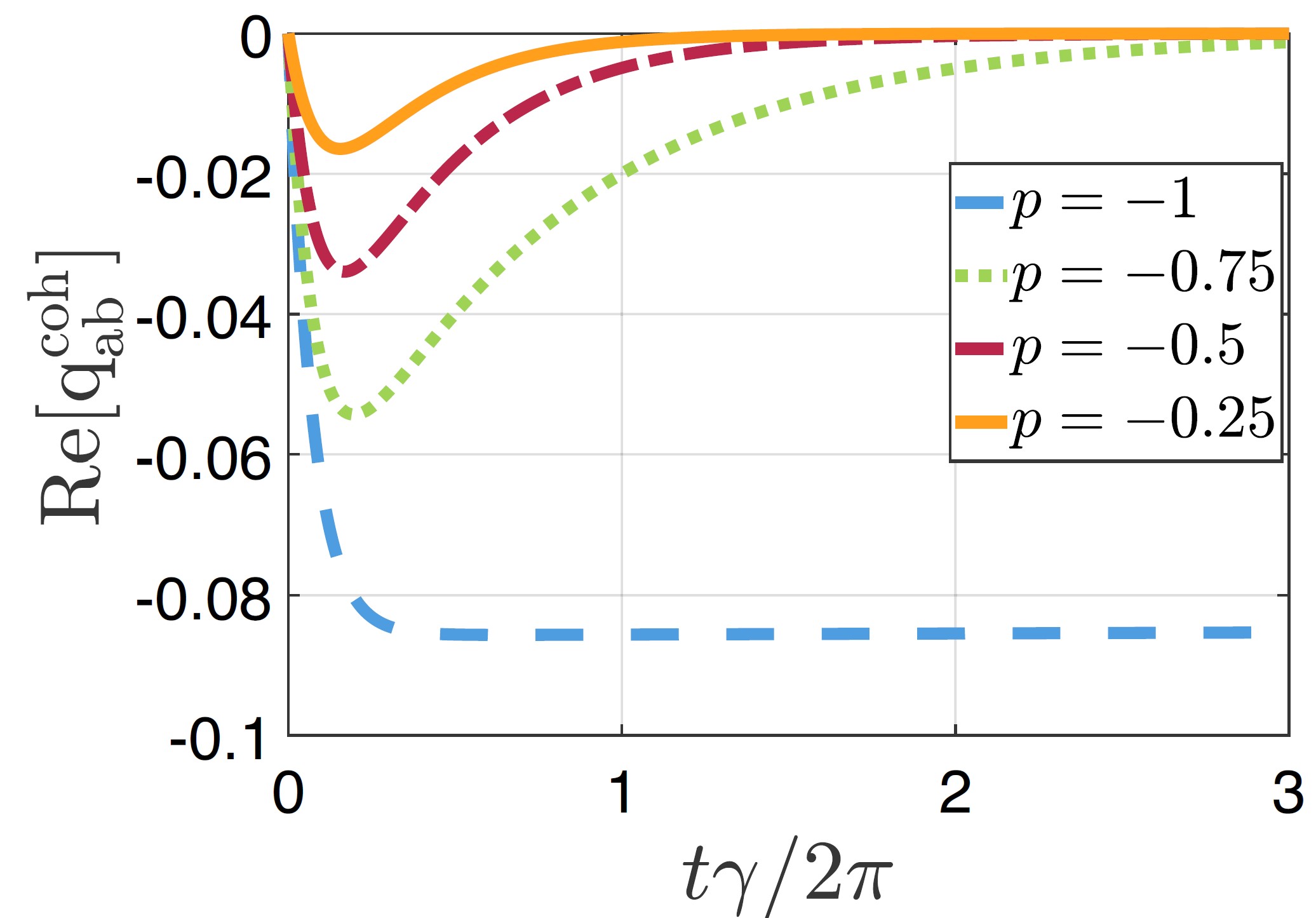 |
In a multi-level quantum system Fano coherences stand for the formation of quantum coherences due to the interaction with the continuum of modes characterizing an incoherent process. In this paper we propose a V-type three-level quantum system on which we certify the presence of genuinely quantum traits underlying the generation of Fano coherences. We do this by determining work conditions that allows for the loss of positivity of the Kirkwood-Dirac quasiprobability distribution of the stochastic energy changes within the discrete system. We also show the existence of nonequilibrium regimes where the generation of Fano coherences leads to a non-negligible excess energy given by the amount of energy that is left over with respect to the energy of the system at the beginning of the transformation. Excess energy is attained provided the initial state of the discrete system is in a superposition of the energy eigenbasis. We conclude the paper by studying the thermodynamic efficiency of the whole process. L. Donati et al. |
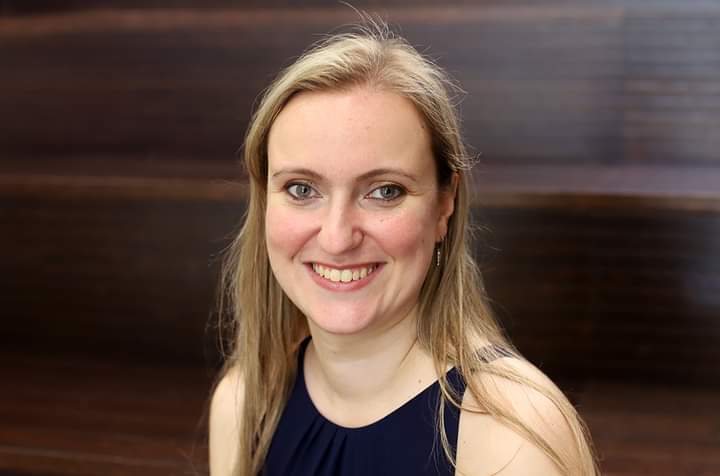 |
We are thrilled to welcome Dr. Chiara Mazzinghi to our team! Chiara brings a wealth of expertise and fresh perspectives to our group. We look forward to the exciting collaborations ahead and the innovative ideas she will contribute! |
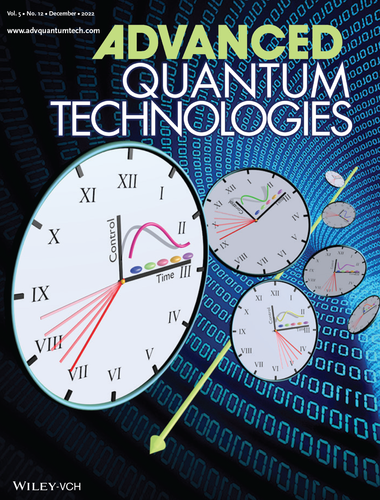 |
In this work we experimentally demonstrate that the undo of an operation is possible also in quantum regimes. The last performed operation can be time-reversed via the undo command so as to perfectly restore a condition in which any new operation can be applied by an external user. We exploit the optimal control algorithm based on the dressed chopped random basis method, to perform several time-reversal transformations. We implement this algorithm by applying different levels of complexity, in terms of control, in order to manipulate the forward and backward internal state dynamics of a 87Rb Bose–Einstein condensate within an atom chip. As well as providing a thermodynamic interpretation of our results, in this paper we demonstrate that the quantum undo command can be performed also by time-reversing an operation in a generic instant of the past. The concept of quantum undo can be thus generalized. An external user, indeed, will be able to restore not only the last but also any past step of his complex computational routine. We are confident that our successful results could be applied in the next future on a real gate-based quantum computer. I. Mastroserio, et al., Paper appeared as back cover on Advanced Quantum Technologies 12/2022. |
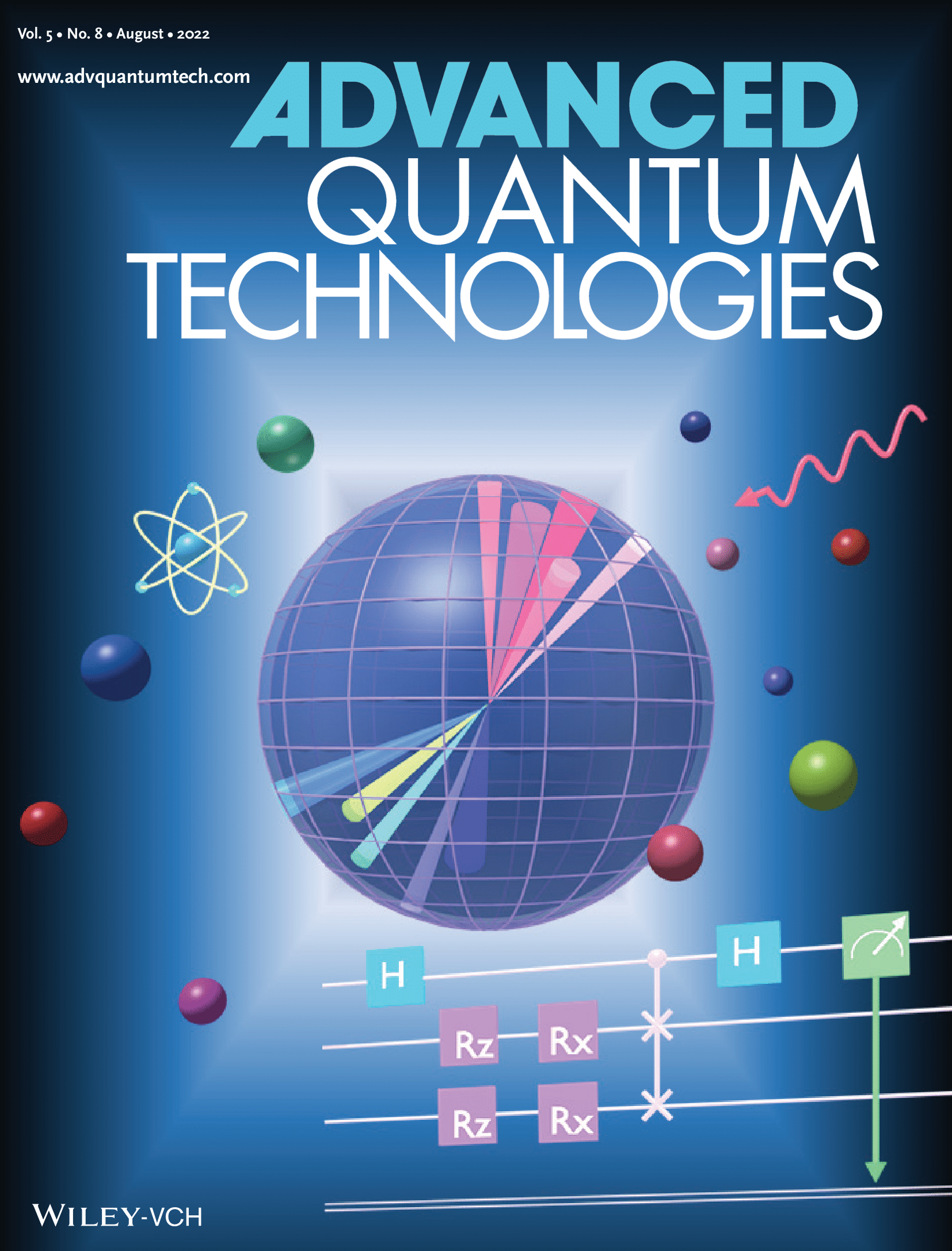 |
A quantum embedding is a map that can be trained to separate and embed classical data points into a much larger Hilbert space. In the case of binary classification problems, this quantum protocol achieves a geometrical representation of the data in which they are easier to be classified. In the era of big data, this algorithm can provide a remarkable simplification of the intensive preprocessing often necessary for Machine Learning algorithms to perform efficiently. We have developed an extensive experimental study of quantum embedding by implementing a parametrized quantum circuit on two complementary experimental platforms: atomic and photonic. We have compared the results with a similar analysis conducted on the cloud-available Rigetti superconducting quantum processor. The successful results support the promising idea of hybrid quantum technologies for future Quantum Machine Learning applications. (Front cover on Adv. Quantum Technol. Volume 5, Issue 8, August 2022) I. Gianani, et al., |
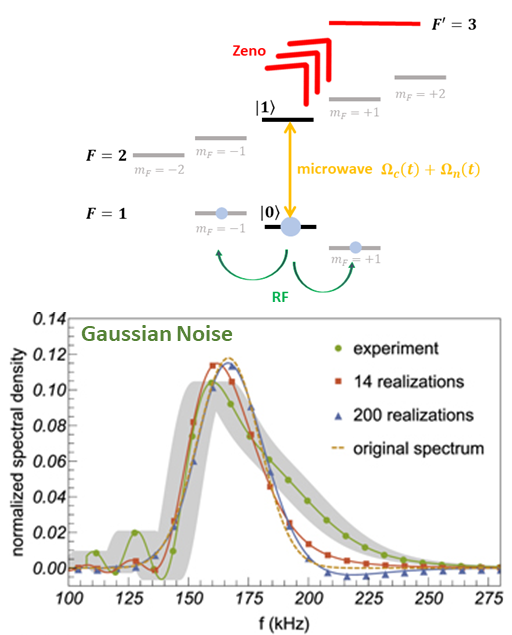 |
The ideal quantum Zeno effect is a robust method to protect the coherent dynamics of a quantum system. In particular , in the weak quantum Zeno regime, repeated quantum projective measurements can allow the sensing of semi classical field fluctuations. We report our proposal and demonstration, both theoretical and experimental, of a novel noise sensing scheme enabled by the weak quantum Zeno regime. We experimentally tested these theoretical results on a Bose Einstein Condensate of 87Rb atoms realized on an atom chip, by sensing ad hoc introduced noisy fields. H.–V. Do et al., |
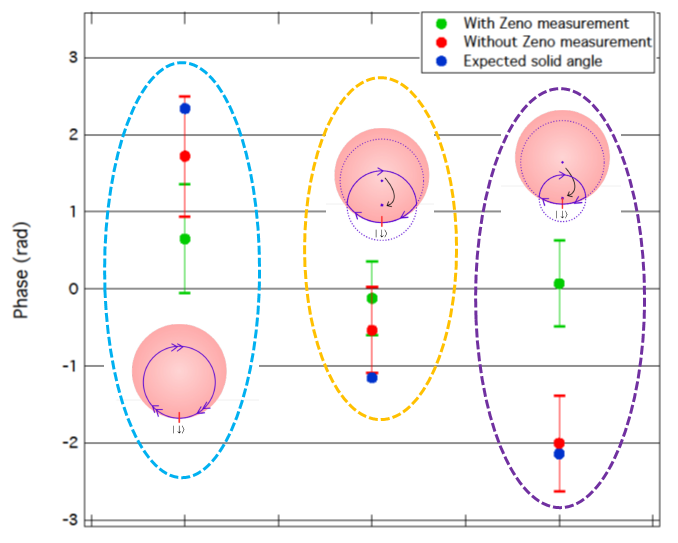 |
A closed-trajectory evolution of a quantum state generally imprints a phase that contains both dynamical and geometrical contributions. While dynamical phases depend on the reference system, geometric phase factors are uniquely defined by the properties of the outlined trajectory. Here, we generate and measure geometric phases in a Bose-Einstein condensate of 87Rb using a combination of dynamical quantum Zeno effect and measurement-free evolution. We show that the dynamical quantum Zeno effect can inhibit the formation of a geometric phase without altering the dynamical phase. This can be used to extract the geometric Aharonov-Anandan phase from any closed-trajectory evolution without requiring knowledge or control of the Hamiltonian. H.–V. Do et al., |
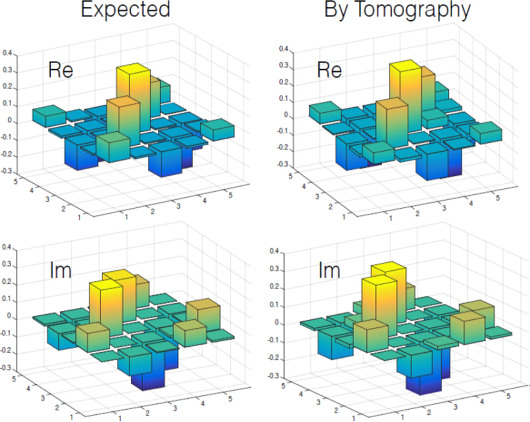 |
We demonstrate a tomographic reconstruction algorithm that relies on data collected during the evolution of an unknown quantum state. We estimate the state density matrix as well as the dephasing noise present in the system by assuming complete knowledge of the hamiltonian evolution. Our scheme therefore realizes quantum state tomography but could readily be modified to perform quantum process tomography by assuming complete knowledge of the input states. C. Lovecchio et al., |
 |
Driving the complex dynamics of physical systems to perform a specific task is extremely useful but challenging in several fields of science, and especially for fragile quantum mechanical systems. Even harder, and often unfeasible, is to invert the time arrow of the dynamics, undoing some physical process. We theoretically and experimentally drive forth and back through several paths in the five-level Hilbert space of a Rubidium atom in the ground state. We achieve such an objective applying optimal control strategies to a Bose-Einstein condensate on an Atom chip via a frequency modulated RF field. We further prove that backward dynamical evolution does not correspond to simply inverting the time arrow of the driving field neglecting the only-system part of the dynamics. Apart from the relevance for the foundations of quantum mechanics, these results are important steps forward in the manipulation of quantum dynamics that is crucial for several physical implementations and very promisingly powerful quantum technologies. C. Lovecchio et al., |
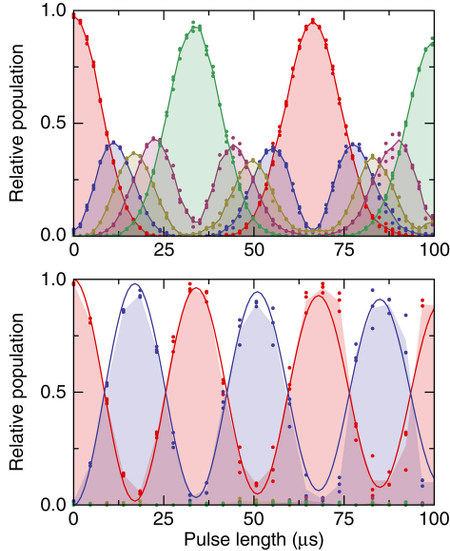 |
It is generally impossible to probe a quantum system without disturbing it. However, it is possible to exploit the back-action of quantum measurements and strong couplings to tailor and protect the coherent evolution of a quantum system. This is a profound and counterintuitive phenomenon known as quantum Zeno dynamics (QZD). Here we demonstrate QZD with a rubidium Bose-Einstein condensate in a five-level Hilbert space. We harness measurements and strong couplings to dynamically disconnect different groups of quantum states and constrain the atoms to coherently evolve inside a two-level subregion. In parallel to the foundational importance due to the realization of a dynamical superselection rule and the theory of quantum measurements, this is an important step forward in protecting and controlling quantum dynamics and, broadly speaking, quantum information processing. F. Schӓfer et al., S. Gherardini et al., |


